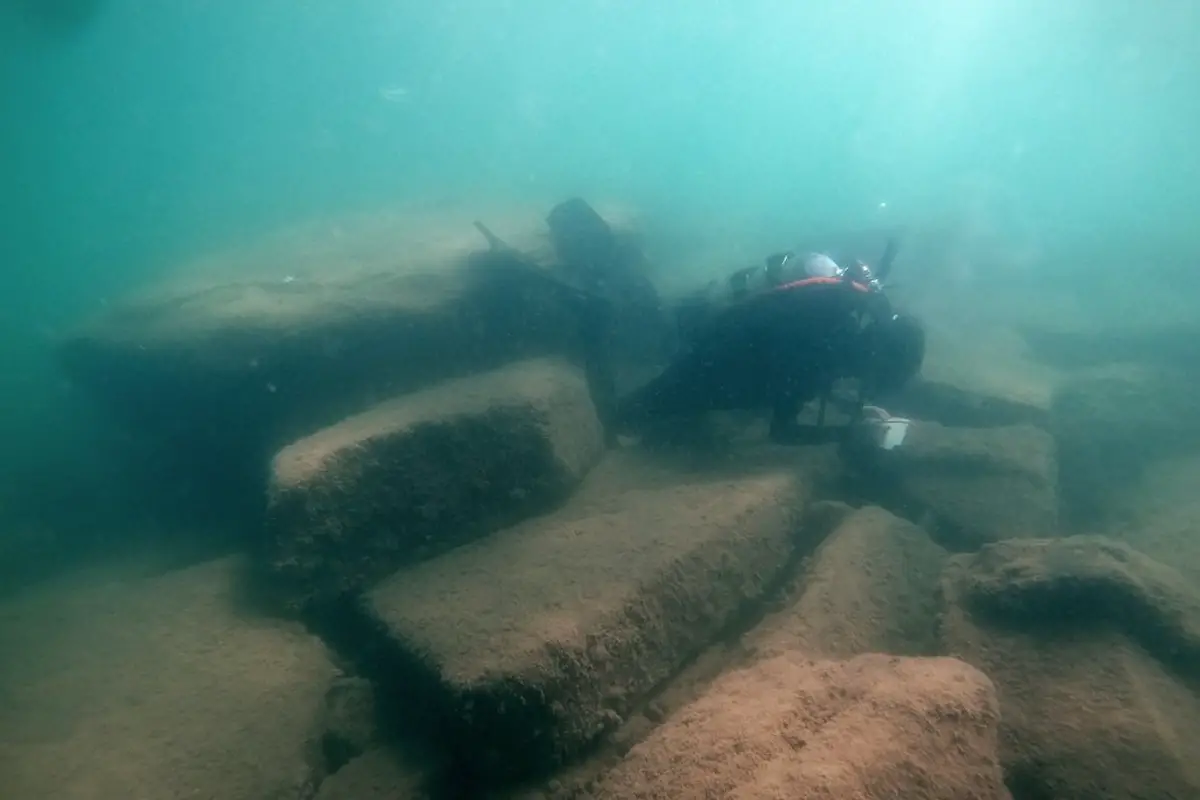A team of archaeologists from the University of Udine have mapped the submerged landscape between the sea of Grado and Roman Aquileia.
The study project, named Aquileia Waterscape, is reconstructing the archaeological features on the outskirts of the Roman city, which was founded in 181 BC along the Natiso River in the present-day Friuli-Venezia Giulia region, Italy.
The waters around Grado were part of the city’s extensive port system, facilitating the movement of goods between large seafaring vessels and smaller, flat-bottomed boats that could access the urban port.
The identification of underwater features first begun in 2019, when sonar detected traces of an anchor stump. This led to the discovery of two new Roman wrecks (Grado 5 and Grado 6) during a campaign in 2022.
According to a press statement issued by the University of Udine, archaeologists used a Global Navigation Satellite System (GNSS) for precise positioning, side-scan sonar, and photogrammetric surveys.
Seven underwater sites have been identified, including shipwrecks, a Roman funerary altar, and several monumental structures.
The most significant site is the so-called Piere di San Gottardo, located 1.5 kilometres to the south-east of the entrance to the Grado lagoon.
The site features a quadrangular arrangement of stone blocks resting on a sandy seabed at depths ranging from 3.9 to 4.4 metres, rising up to a height of 2 metres beneath the surface. The survey at Piere di San Gottardo also found funerary monuments, including an undocumented funerary altar, and linear architectural elements.
Header Image Credit : University of Udine
Sources : University of Udine







